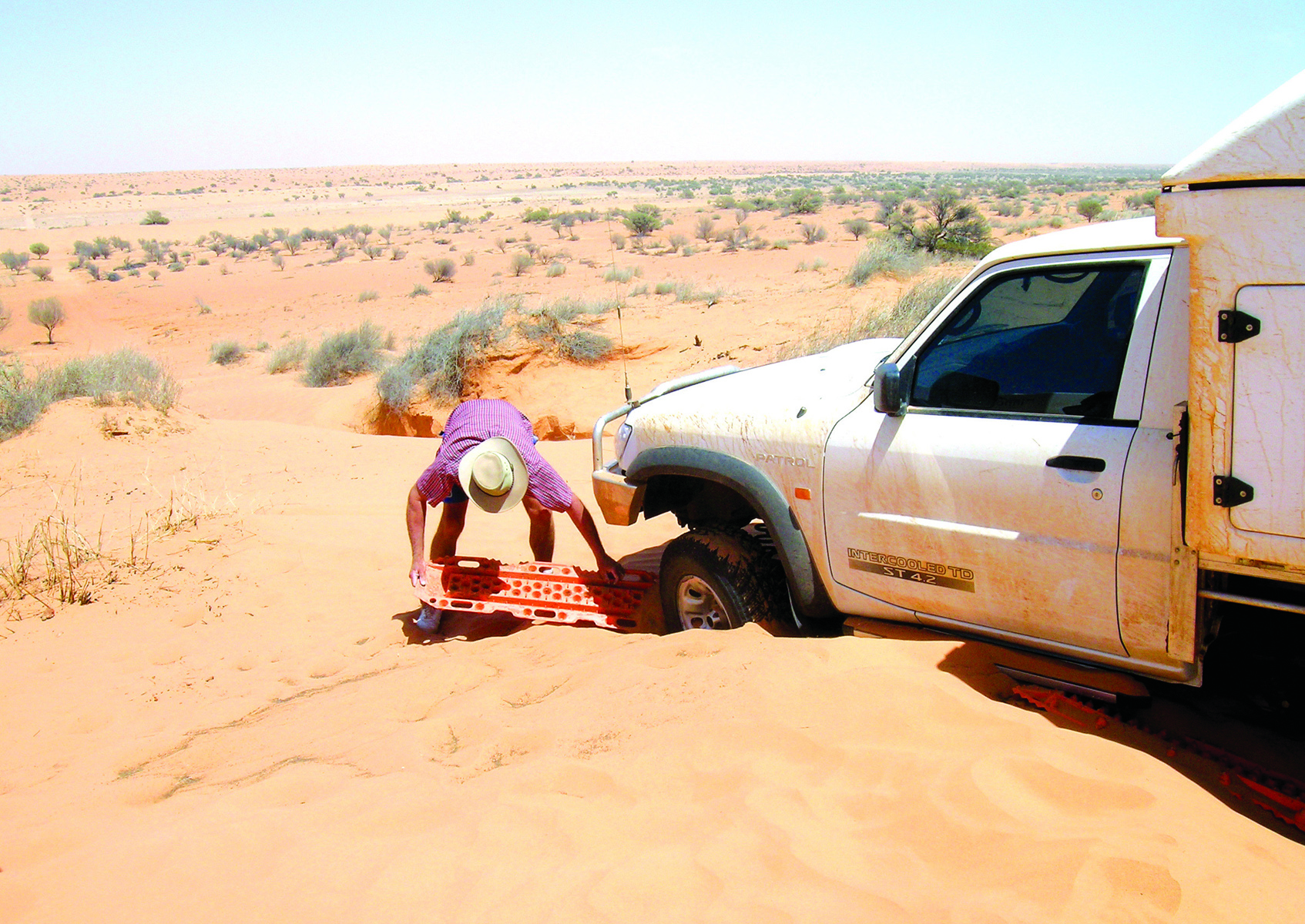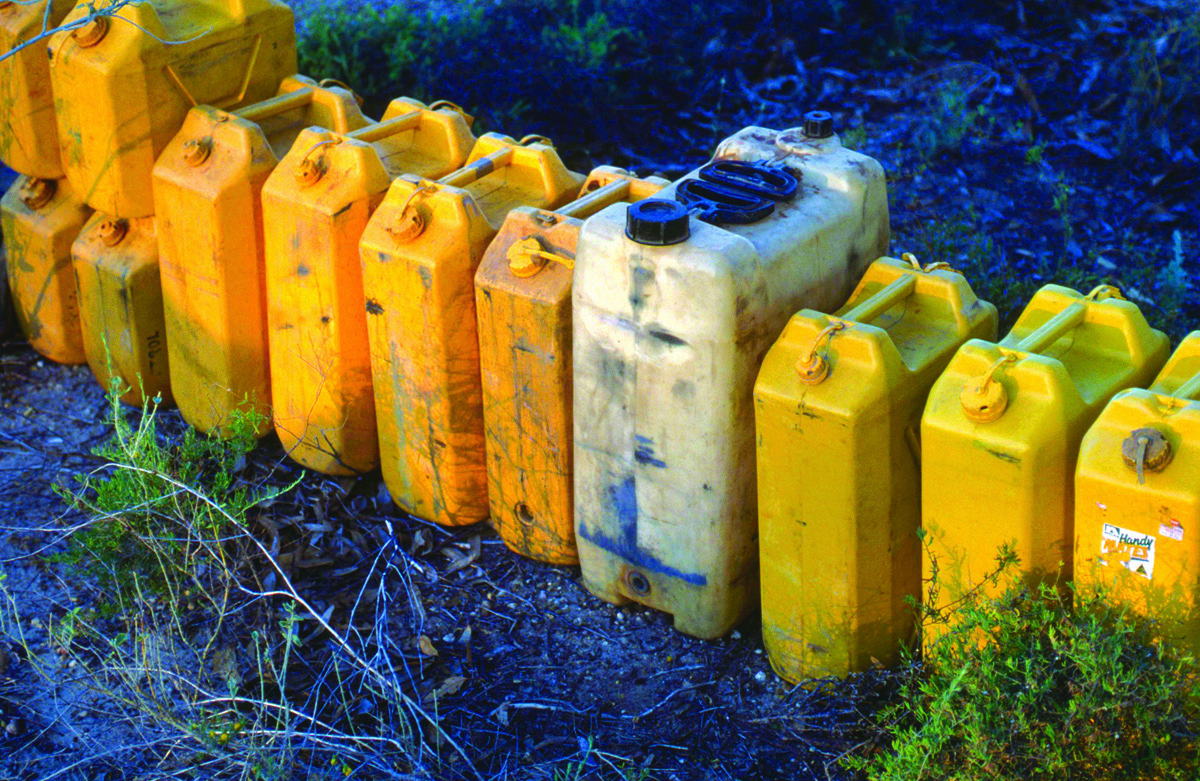Going by the interest on TV and social media, this year is going to be a busy one in outback Australia — from Cape York to the Kimberley, to the desert country west and east of Alice Springs, and a dozen places in-between.
But for those who are preparing to head out into our desert country, especially, and getting their info from social media, I really do despair. There are so many self-proclaimed experts out there spruiking their wares on Facebook, Instagram, and Twitter, who may have done a single lap of Australia or one trip across the Simpson Desert. They know everything — or so they say!
So, you may be wondering what my qualifications are — and it’s fair!





I started driving Land Rovers in the army in about 1966, although we thrashed around the sheep paddocks in the Flinders Ranges in a few old clapped-out paddock bashers before that. By the early 1970s I was teaching young diggers how to drive Landies and International Mk3 trucks up in the mountains south from Corryong and in 1976 led a group of scientists on a cross-country jaunt west of Hawker Gate on the Dog Fence north of Broken Hill. We finally put our experiences to the test when we wrote our first guidebooks (on Cape York) in 1984 after four long trips to that fabulous area. Since then we’ve been doing that sort of stuff full time, so I reckon I’ve done my apprenticeship at four wheel driving and touring and can pass on some useful info that may help those new to the game, or heading out into the desert country for the first time.
I’m already assuming that you know how to four-wheel drive because you’ve done a training course or joined a 4WD club. Likewise, that your vehicle is well maintained and set up with good suspension for the loads you are carrying or towing, while tyres need to be All-Terrain (or better) and of Light Truck (LT) construction.
Talking of tyres and tyre pressures, social media is overflowing with experts. Best to cut through the rubbish that is flowing waist-deep on the internet and go to the BFG tyre website or check out the tyre pressure guide at: coopertires.com.au/media/1400/cooper-drivers-guide-tyre-pressures.pdf. I’d put a lot more confidence in these guys than some random on the web.
You may have a brand-new car and camper, but that doesn’t make you immune to breakdowns and punctures. Do you know how to do the basic stuff, or even what to look for under the bonnet if something does go wrong? Can you find the fuse box (note: most vehicles have more than one fuse box) and have you got the right size fuses — in both physical size and current carrying capacity — to replace any if one does blow?
Do you know how to clean an air cleaner, change a fuel filter or, most important of all, how to change a tyre? Have you got the basic tools for such jobs? What happens if the auxiliary battery holder you had fitted just before the trip breaks? Can you rig up a fix to get you to the next town or will you throw your hands in the air and try to call a recovery vehicle — but find you have no mobile phone reception?
If you don’t know any of these basic repairs, it’s best to learn a little before you head off. Talk to your local mechanic, get a workshop manual and/or check out YouTube.
Before you head off, have you got all your bases covered in regard to a first aid kit, recovery gear, and communication equipment? Keep in mind, a normal mobile phone won’t cut the mustard. In case of an emergency (having a blown tyre or being stuck on the side of the road should not be considered an ‘emergency’ if you’re properly prepared), who are you going to call? And how?
Before you head off west of Uluru or Birdsville, have you got enough fuel? Distances are long in the outback and you should carry ample for the trip, plus a safety margin of say, 20 per cent.
What about water? If you do break down on a lonely road it’s best to stay with the vehicle and it’s even better when the vehicle has a good supply of the liquid aqua. A 20L drum may be adequate for a trip up the Stuart Highway but is nowhere near enough for a Simpson Desert trip or the like. Make sure you've got heaps — and if at the end of the trip you have a few drums left over, all the better.
How about your plans for the trip, namely, where to go and what to see? A good guidebook will help here and for $50 or less (way less than one tank of fuel) you’ll have all the major spots to see and explore without asking mundane questions on Facebook. What about maps and navigation equipment? While we have a Hema HX-1 navigator, an iPad running Pocket Earth Pro and the Alpine radio running some form of road and street navigation, we still carry paper maps. Oooh you say, I’ll just look it up on Google maps! Please don’t rely on them.
With good planning, preparation, and a bit of training, you’ll be able to handle most things that unexpectedly come your way. Otherwise, you’ll be in the doggy do do's and wanting somebody else — at their expense and time — to rescue you! So, don’t be a numpty, enjoy and be safe when you head into our desert country!




